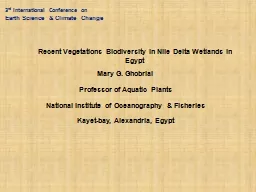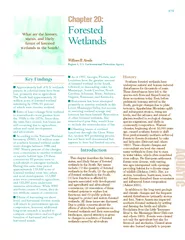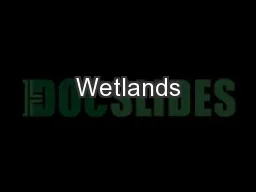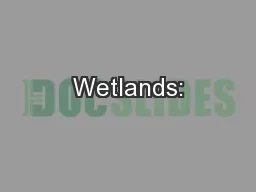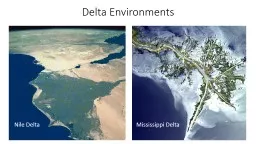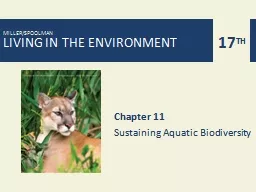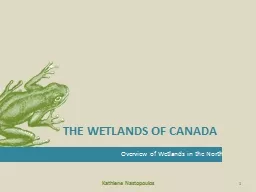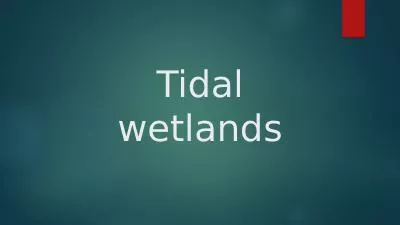PPT-Recent Vegetations Biodiversity in Nile Delta Wetlands in E
Author : mitsue-stanley | Published Date : 2016-05-08
Mary G Ghobrial Professor of Aquatic Plants National Institute of Oceanography amp Fisheries Kayet bay Alexandria Egypt 3 rd International Conference on Earth Science
Presentation Embed Code
Download Presentation
Download Presentation The PPT/PDF document "Recent Vegetations Biodiversity in Nile ..." is the property of its rightful owner. Permission is granted to download and print the materials on this website for personal, non-commercial use only, and to display it on your personal computer provided you do not modify the materials and that you retain all copyright notices contained in the materials. By downloading content from our website, you accept the terms of this agreement.
Recent Vegetations Biodiversity in Nile Delta Wetlands in E: Transcript
Download Rules Of Document
"Recent Vegetations Biodiversity in Nile Delta Wetlands in E"The content belongs to its owner. You may download and print it for personal use, without modification, and keep all copyright notices. By downloading, you agree to these terms.
Related Documents

